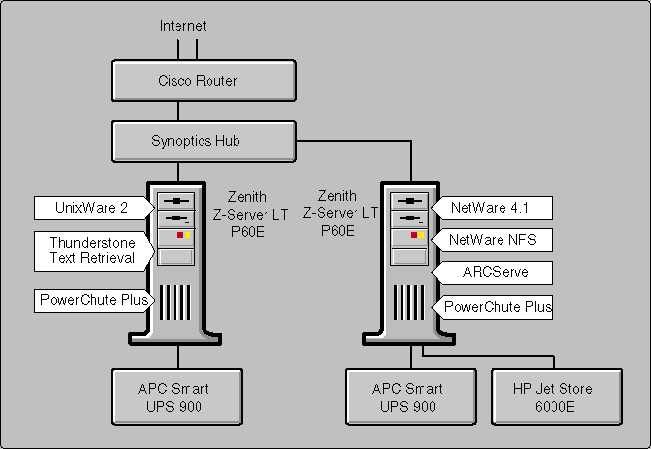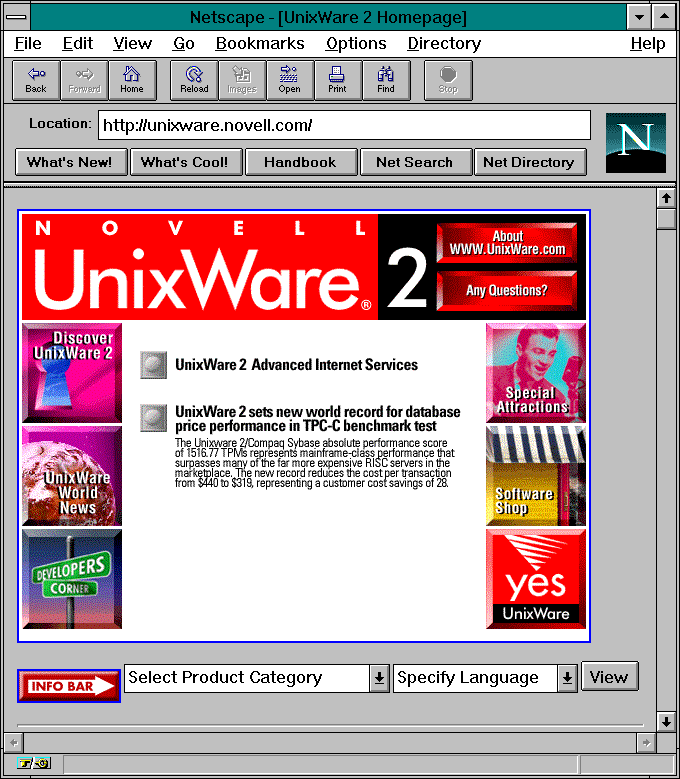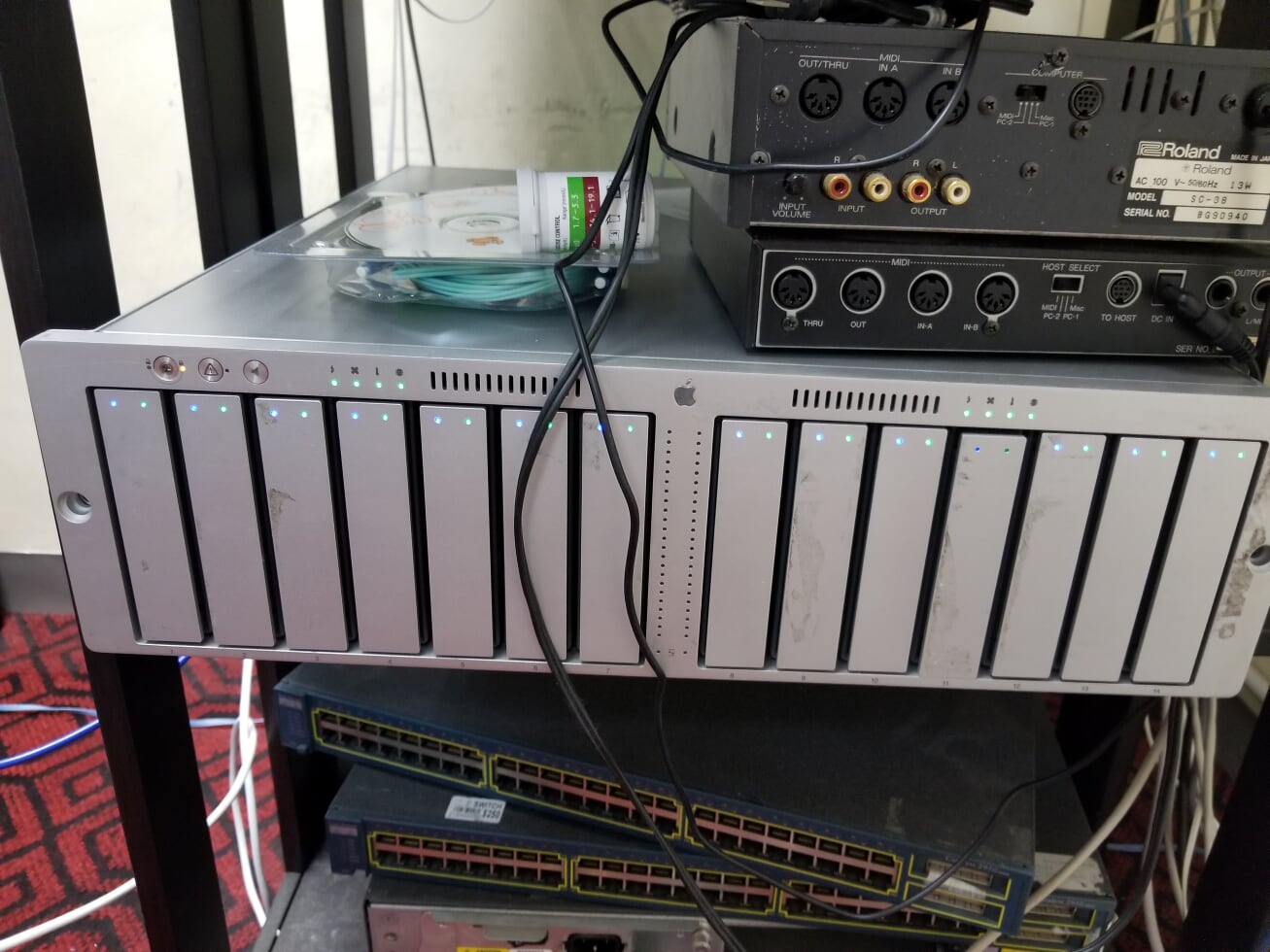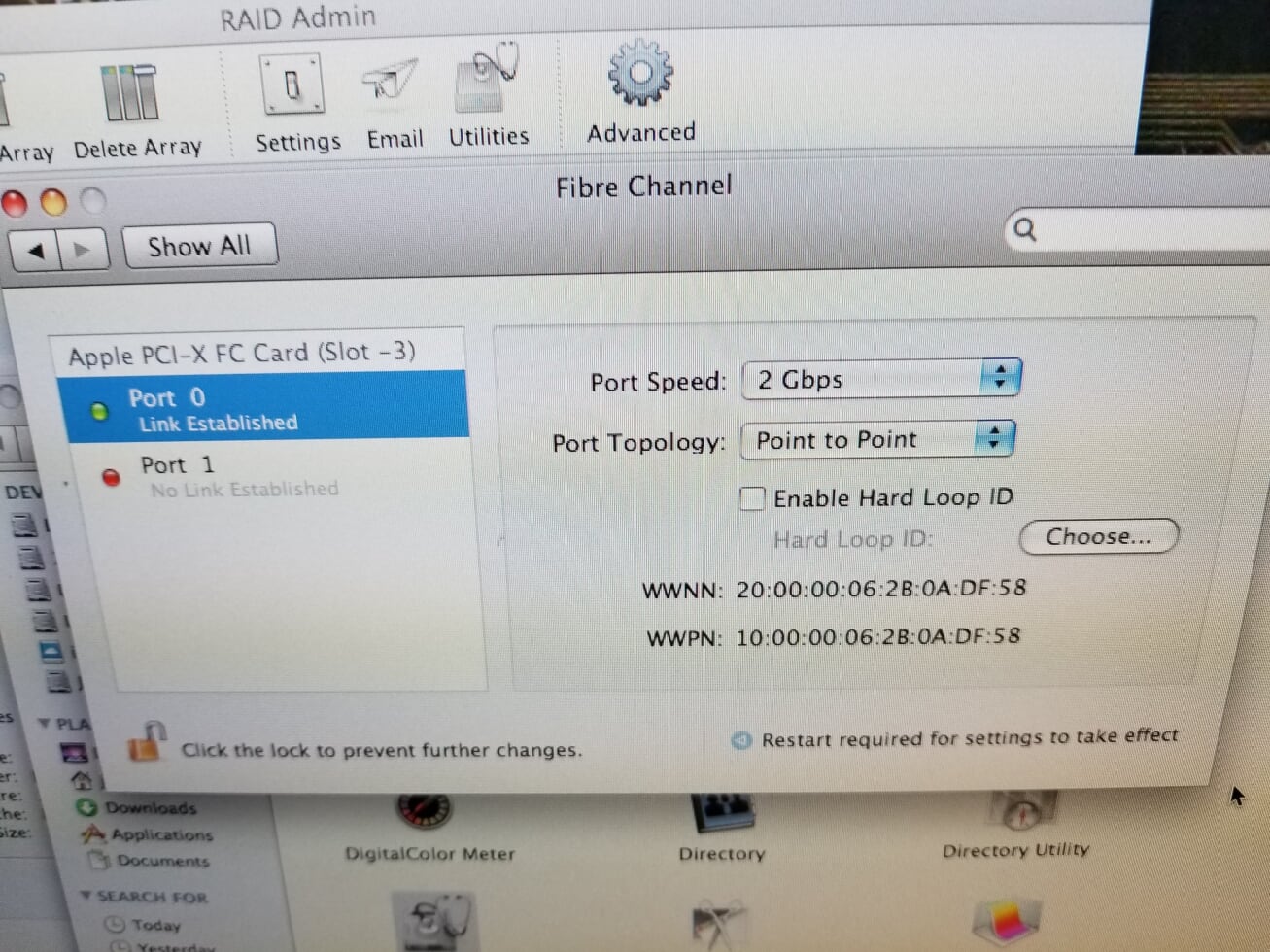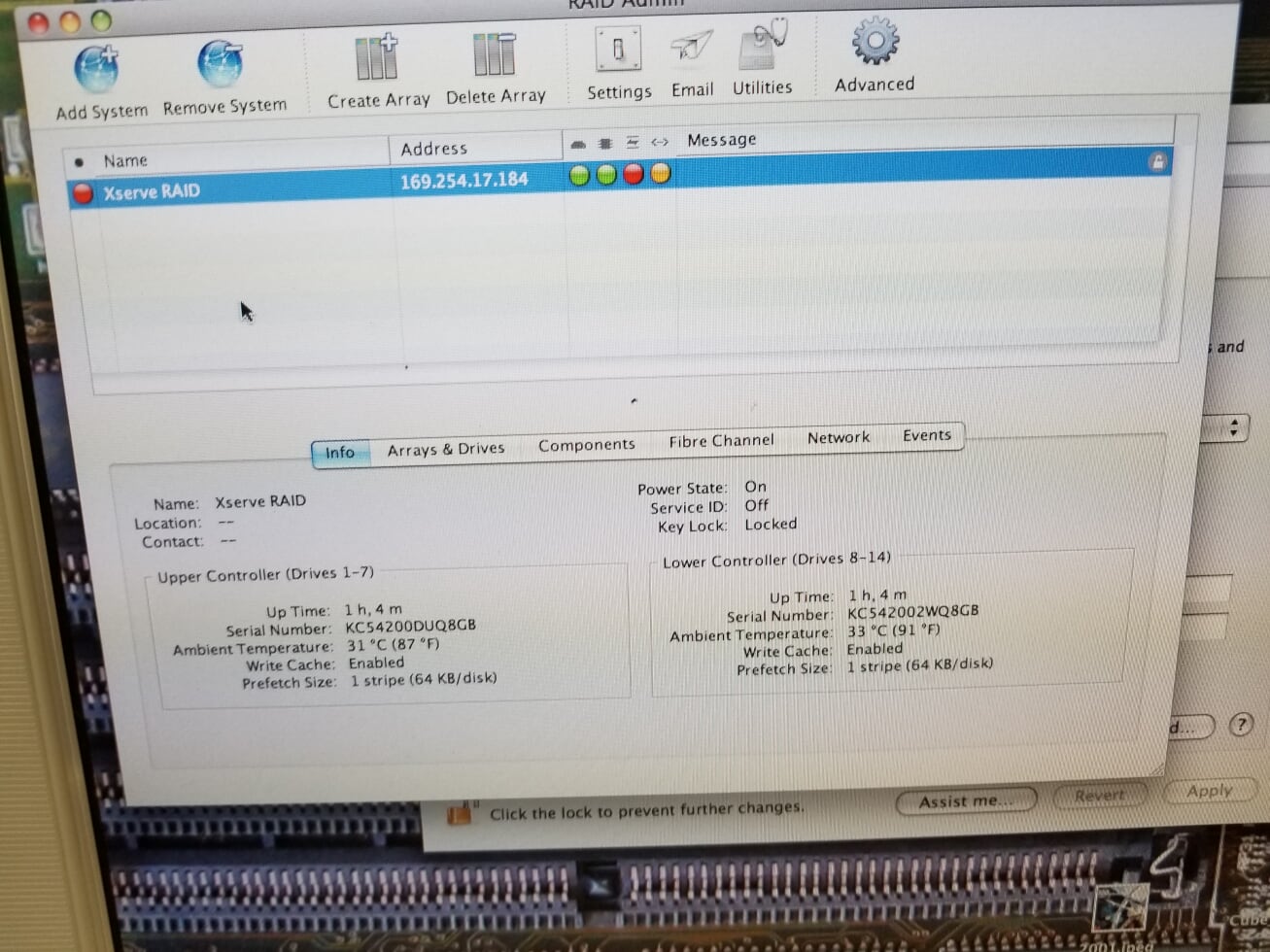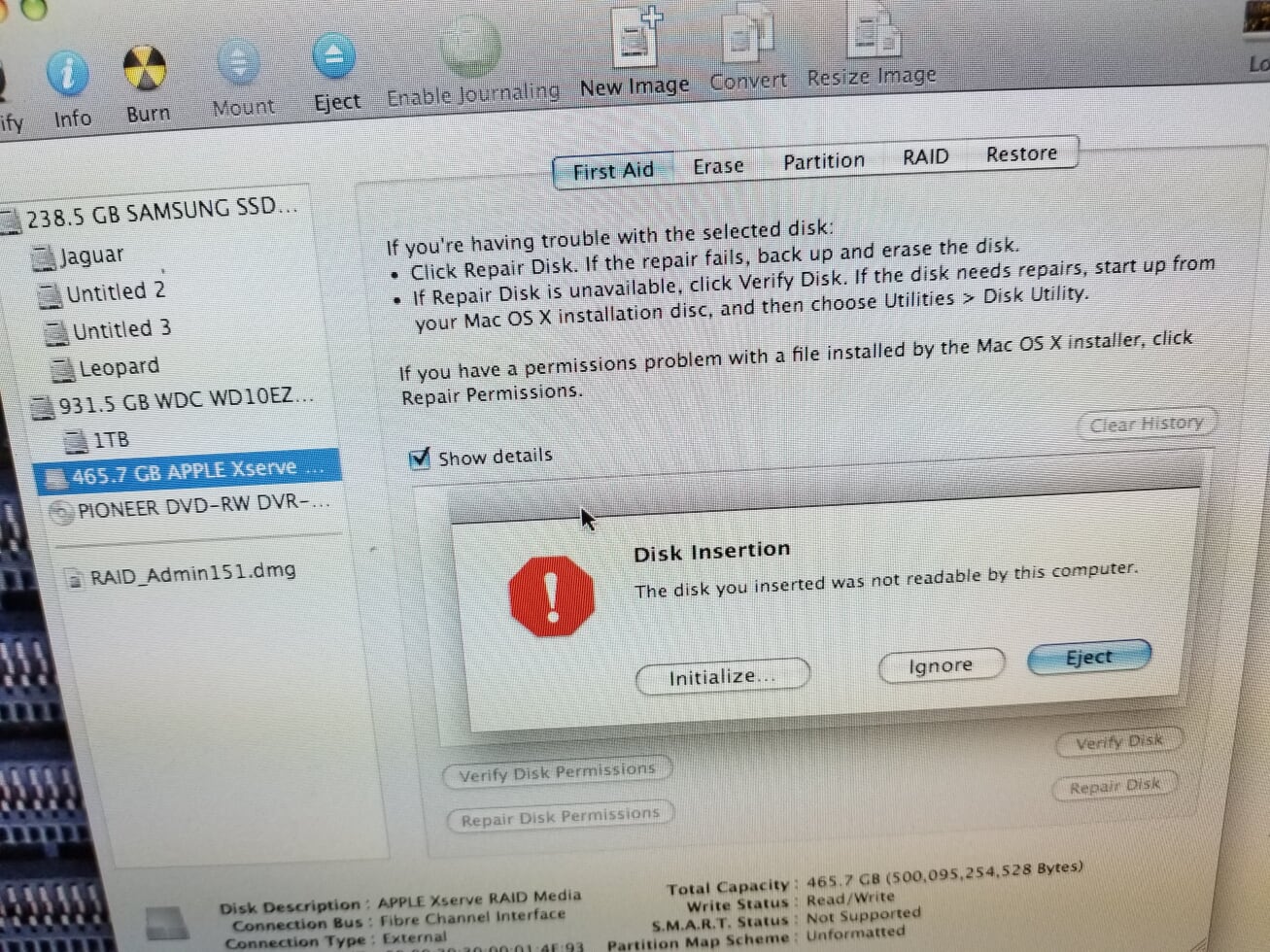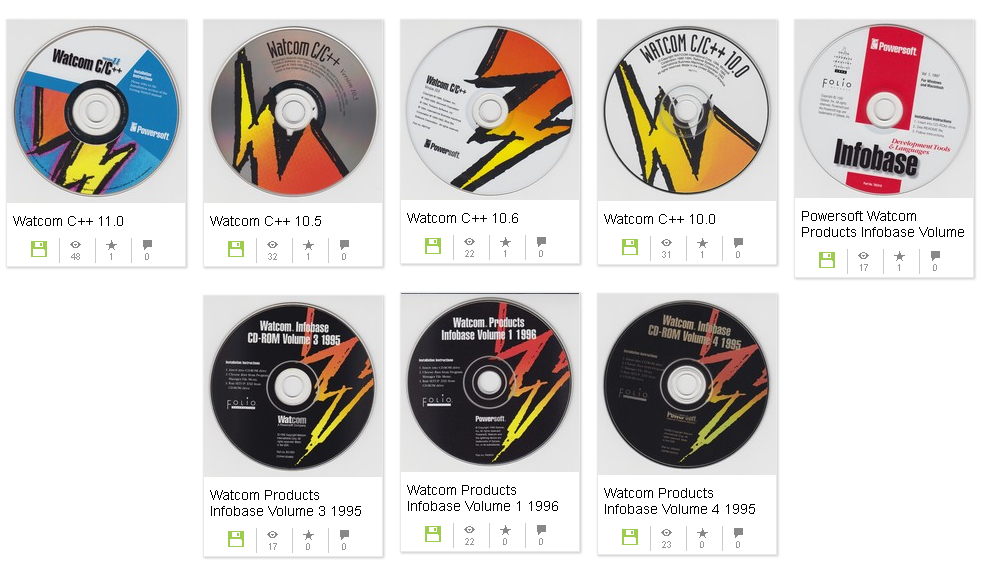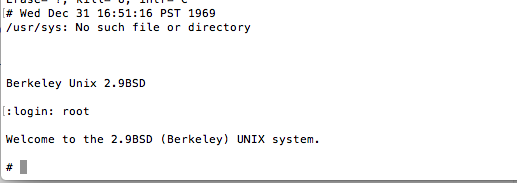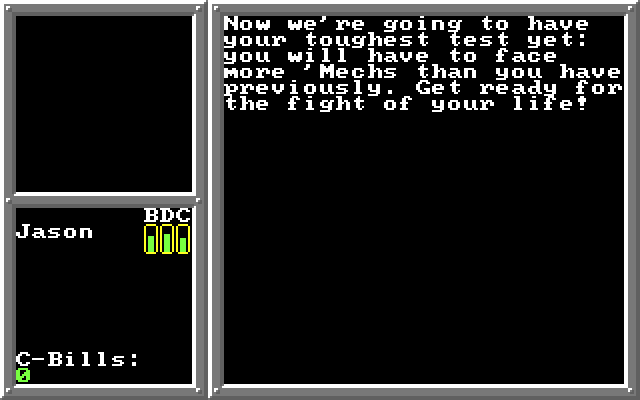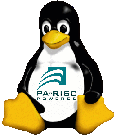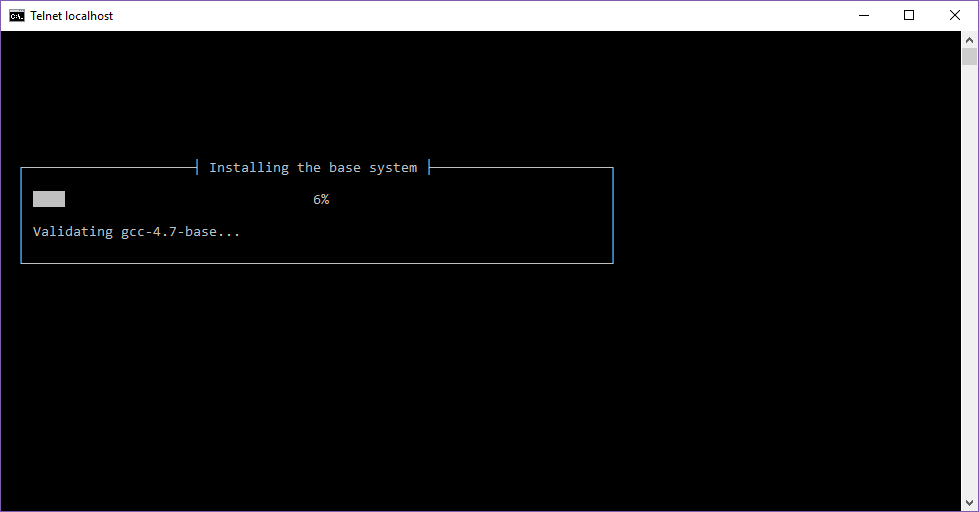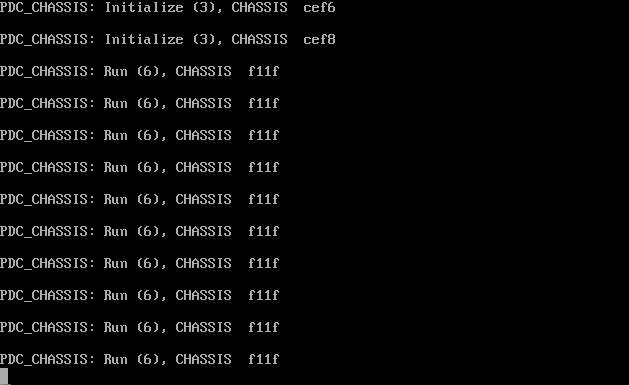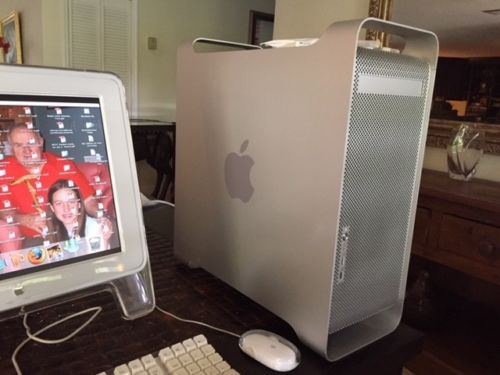I stumbled across this ancient page, and thought it was so dated that I had to share it.
https://support.novell.com/techcenter/articles/ana19950903.html
Bravo on MicroFocus for keeping it up.
It’s kind of cute they ran it all on a couple of  Zenith Z-Server LT P60E computers, which have 128MB of RAM and 5GB of hard disk space, and 2 T1’s.
Even more shocking to me is that their LAN was just 10Mbit, which for a Unix/Networking OEM you’d think they would be on the edge with new tech like 100Mbit Ethernet, or more complicated/fast technology like ATM or FDDI. Heck even 16MB Token Ring.
It’s amazing the tiny screens we had back then. I can still remember the 800×600 debate, as people even in the later 90’s were pushing for megabyte pages, and ludicrously big real-estate.
As always it’s funny how dismissive they were of Linux:
Linux didn’t have good support and we were concerned about its ability to perform under heavy loads
And of course how they dismissed Windows NT:
Windows NT, on the other hand, handled the chores okay, but it lacks a wide developer base. As a result, few tools are available for working with Windows NT.Â
Naturally the tell is that they didn’t load HTTPD directly on NetWare as it was dead with the arrival of Windows NT. And UnixWare and commercial Unix was also dead with the utter stagnation of SYSVR4.
And the product page for UnixWare was that awkward 50’s stock images, with too much red/pink that was all to common for Novell back then. It’s almost laughable that they considered being able to run on the i386 as being ‘portable’ but for whatever reason they never could port UnixWare to any other platforms. When they sold off UnixWare to Caldera they failed to do anything with it, and famously turned to lawsuits to attempt to recoup their money from the botched port to the Itanium that was done with IBM’s ‘help’.
UnixWare was going to lead the charge in the post SYSV world, but it’s constantly being sold, and pushed to do different things and fit an increasingly smaller role just cemented the demise of SYSV.
And of course marginalized and almost forgotten, NeXTSTEP would go on to be the #1 commercial UNIX in the market place.

